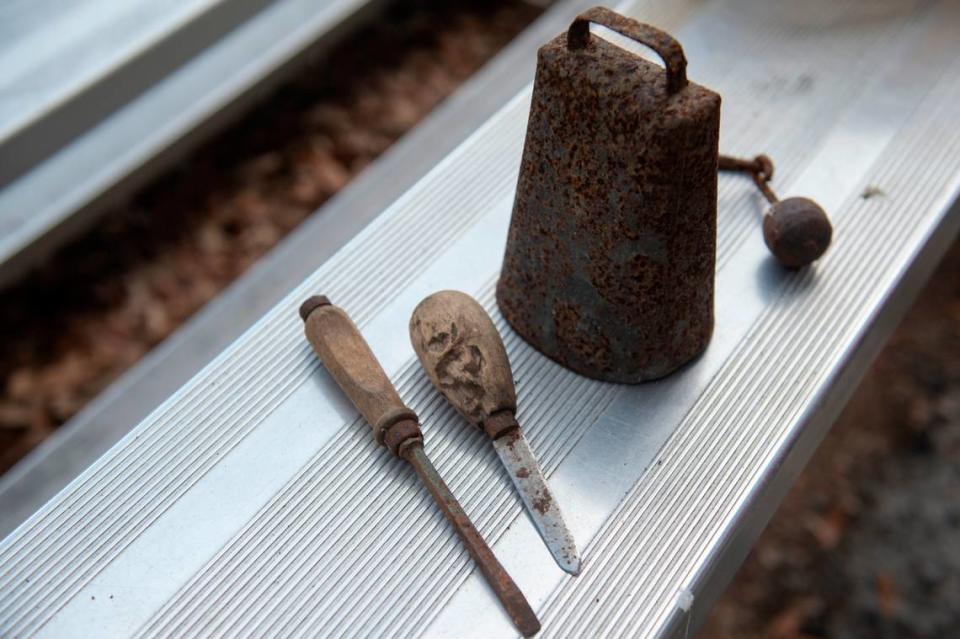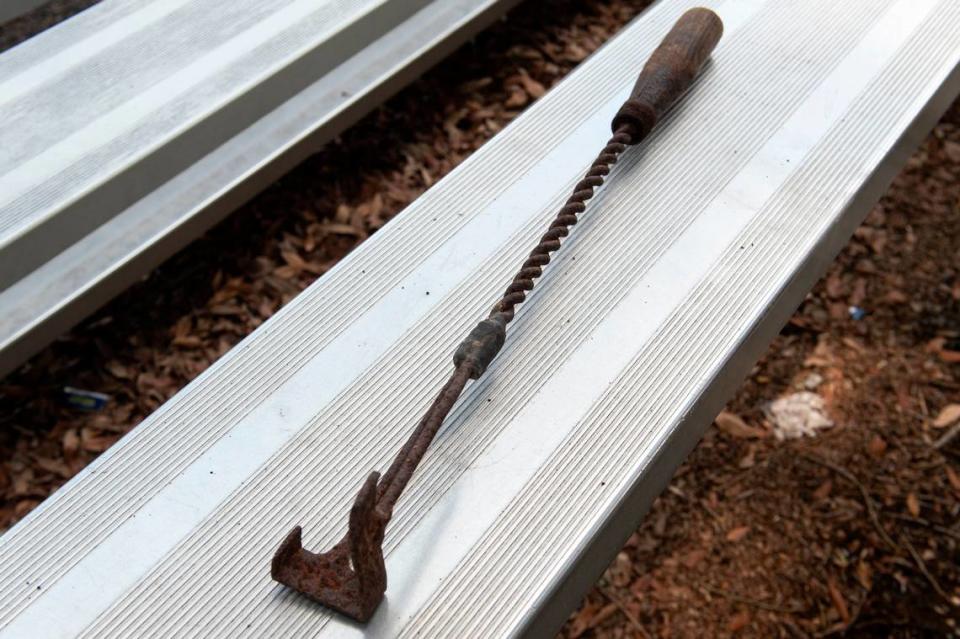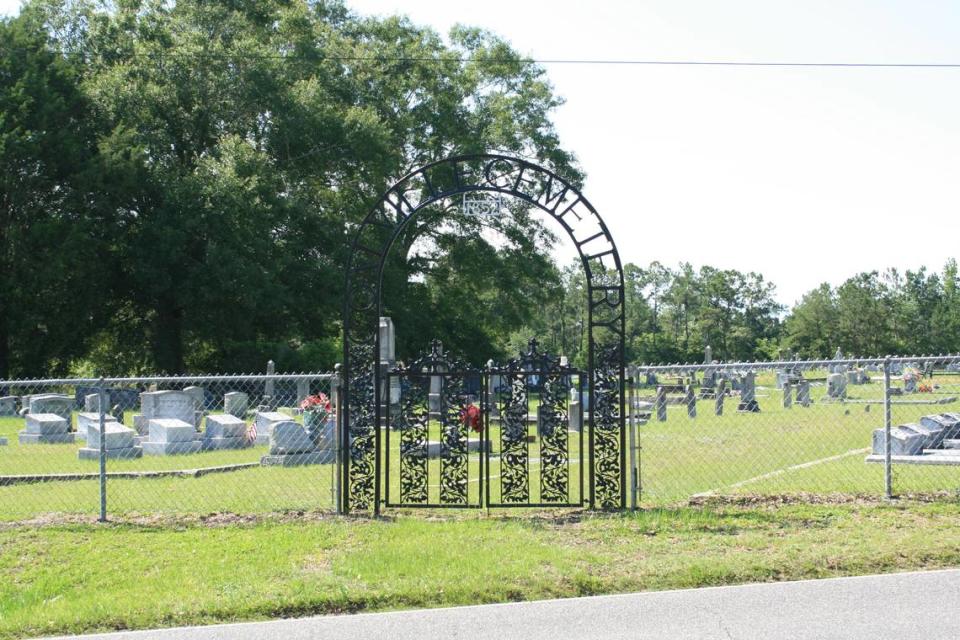She grew up on a MS Coast street named after her grandfather. Here’s what it means to her
It really wasn’t that long ago that children didn’t have TikTok or video games, Connie Lee Cushman lamented. They used to play outside and be imaginative.
In the early ‘70s, Cushman played outdoors all day under the Mississippi sun with siblings, cousins and neighborhood friends. They pretended they were police officers, bank robbers, cowboys, outlaws and soldiers in the shade of the oaks on her family’s land. When they grew older, they rode horses, played croquet, shot rifles and swam in the streams and lakes.
She grew up surrounded by an ample number of close and distant relatives on a Woolmarket street named after her grandfather. His name was John Stewart Lee.
But before it was known as John Lee Road, it was just an unnamed county road with little on it. Little is on it still, but a few neighborhoods and businesses have been developed on the 3-mile stretch Cushman so strongly associates with childhood.

“I can feel my DNA when I walk that property,” she said. “I have a sense of pride. When someone mentions John Lee Road, I get excited.”
Lee worked for Harrison County in the lumber industry and developing land, Cushman said, but back then everyone did everything.
It was a little past the turn of the century. Biloxi was considered the Seafood Capital of the World. Electricity hadn’t been rolled out in the region and the country was still on the gold standard.
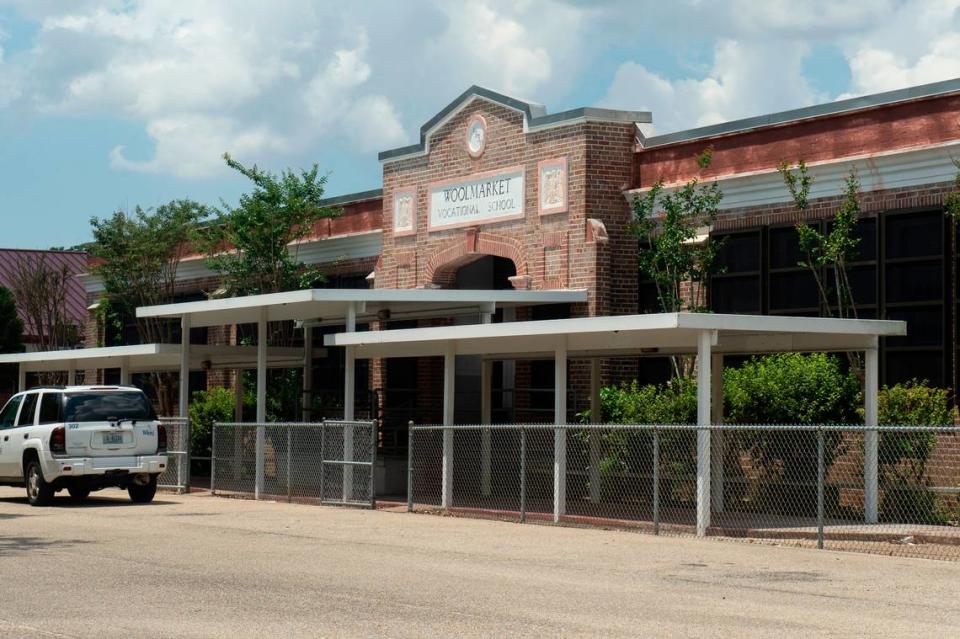
Lee herded cattle, farmed his property and sat on Woolmarket Elementary’s school board. He was a basketball enthusiast and would drive around the county to recruit children for the school’s local team. Then he’d coach them. Decades later, Cushman went to school there.
He hauled victims’ bodies during the Pandemic of 1918, Cushman said, and rode into Long Beach on a horse before roads were paved to work as a butcher. Paved roads wouldn’t appear in that area until the ‘20s and ‘30s, she said.
“He didn’t just stay home and farm the land,” Cushman said. “They were one of the first homes here with electricity, running water and an indoor toilet.”
Cushman’s mother thought she was “marrying rich” when she tied the knot with Cushman’s father, who also lived off the namesake street and eventually built a house for the family.
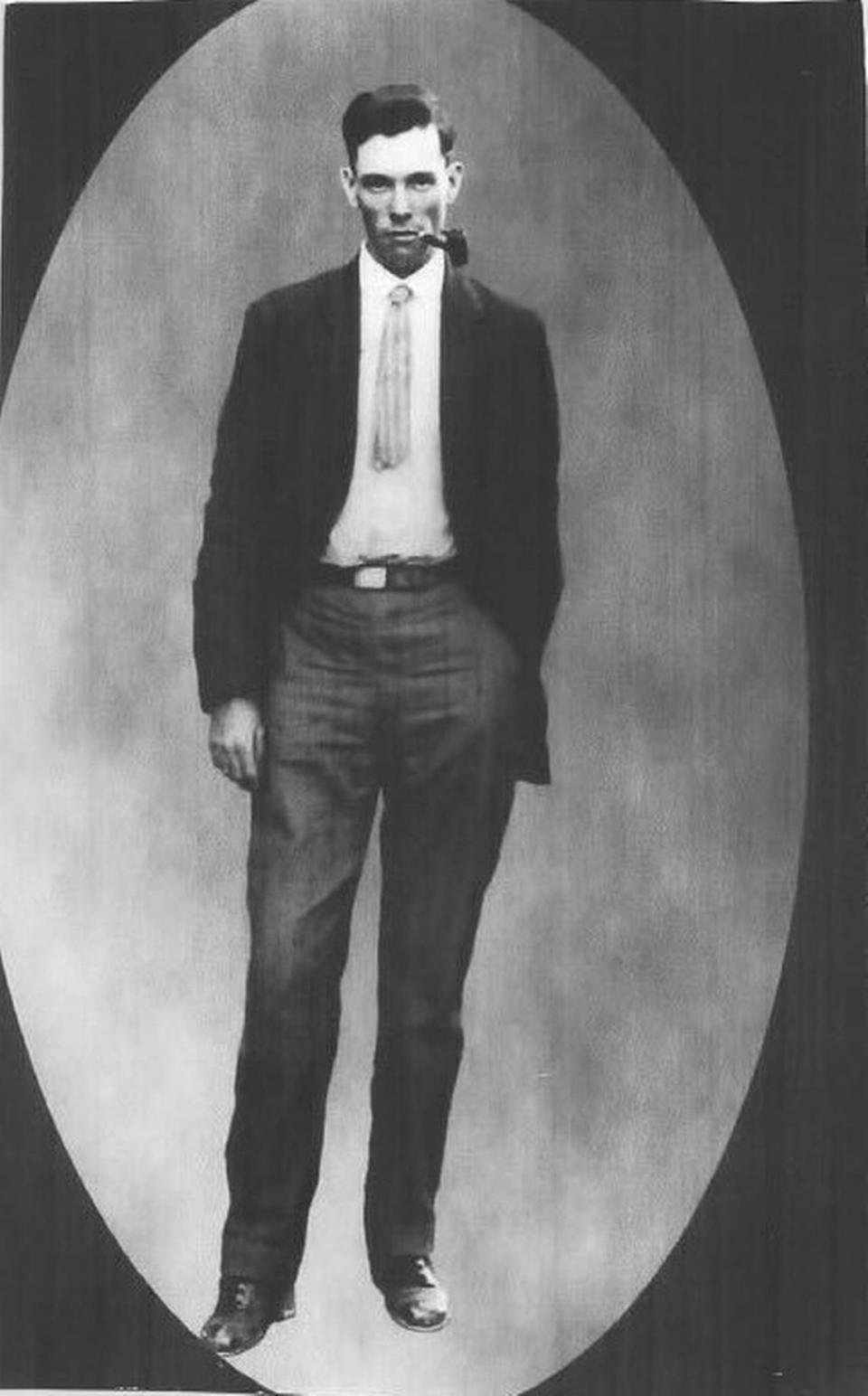
Cushman’s grandfather is a descendant of many men with similar names. Cushman’s most distant traceable relative is Captain James Lee who was lost at sea sometime in the mid-1800s. Cushman’s great great grandfather, named James Valentine Lee moved to Southern Mississippi from Maine in 1865, the same year the Civil War ended. He was a lumber worker. His son, Cushman’s great grandfather, was also named James Valentine Lee and he settled on what eventually became the family land.
With each generation, the more houses were built on the property.
The family land always had cattle, Cushman said, up through when she was growing up in the ‘70s. She lived on the land for nearly 30 years. For about a year, she even lived in her grandparents’ home.
“It was kind of like ‘Andy Griffith,’ ” Cushman said.
Of course, it had been refurbished by the time of her residence, she said. But it shared the same layout as the home her grandparents built: just three rooms.
Most of what Cushman knows of her family has been passed down orally. She didn’t know her grandfather well before he died.
Her interest in genealogy is relatively recent; it’s led her to connect with relatives in Ireland – that’s where she originates her paternal roots – and take advantage of online records and databases, which have led to deliberate conversations about the past with her relatives.
Today, Cushman lives in downtown Gulfport. Moving off the family land was hard for her, she said. She sold the parcel that she inherited, something she says she’s still conflicted over. Many family members have done the same. Fewer and fewer each year still live out there, she said.
But she took some of the family land with her— rusty relics and keepsakes that she values as if they were sliver: a branding iron for the cattle, a cowbell, and some shucking knives.
Most of her ancestors are buried at the Coalfield Cemetery in Woolmarket. It’s calm there, she said.
Cushman went to college at the same time as her oldest daughter, after a divorce and living in Florida for a few years. She said she had to do like James Valentine Lee, her ancestor who bravely left Maine, at that point in her life. She likes drawing parallels like that with her relatives, she said; it comforts her. She now works as a school speech therapist for Harrison County.
“I feel like I get it from my ancestry,” Cushman said, “Love and compassion.”
